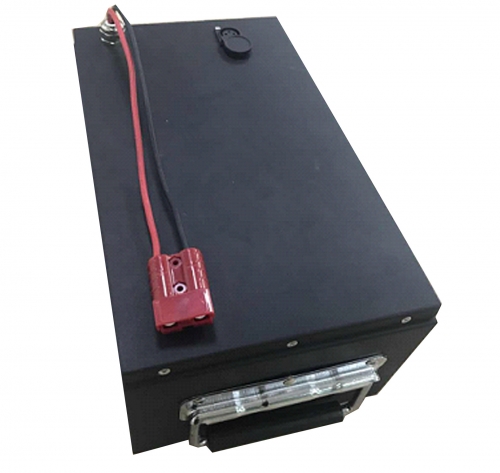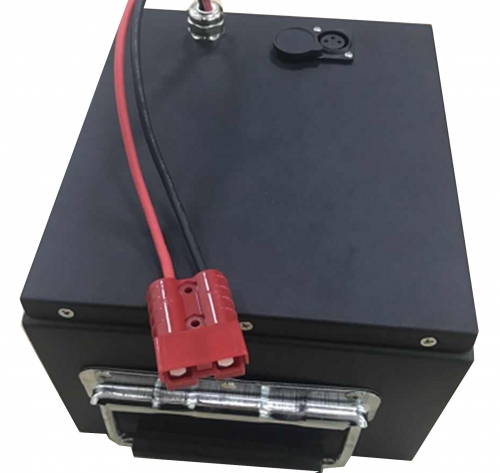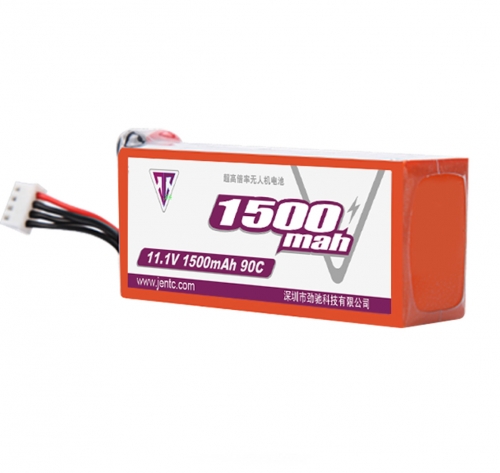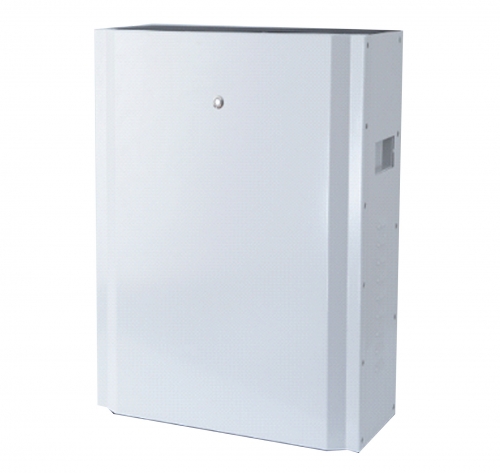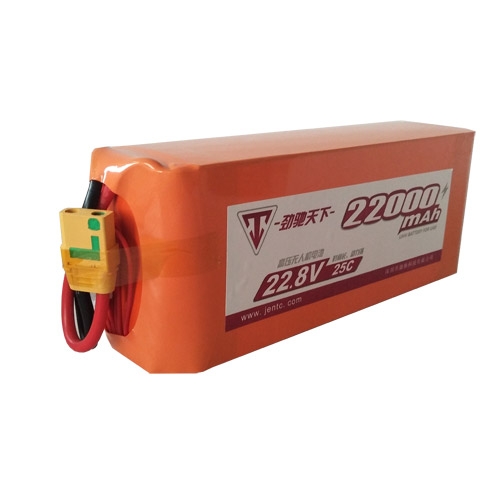UAV lithium battery system technology
UAV lithium battery system technology
From the perspective of commercial lithium-ion power battery systems, key core technologies include battery grouping technology (integrated battery grouping, thermal management, collision safety, electrical safety, etc.), battery management system (BMS) electromagnetic compatibility technology, accurate signal measurement (such as single cell voltage, current, etc.) technology, accurate battery state estimation, battery balancing control technology, etc.
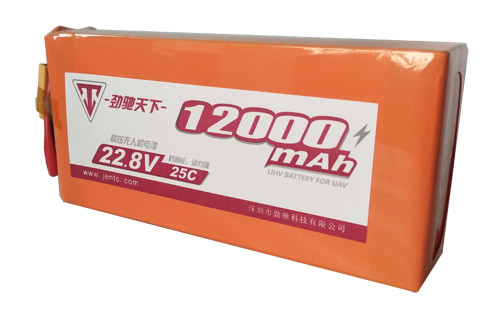
Other key core components of BMS and battery systems, including sensors, controllers, actuators, etc., are basically monopolized by automotive electronics technology powers (Germany, Japan, and the United States). At present, some domestic companies have successfully developed smart meters that can replace foreign current, voltage, and insulation sensors. The primary factor affecting the promotion and application of electric vehicles is lithium-ion power batteries.
In addition to further improving the safety, life and consistency of the battery itself, the battery modularization technology and battery grouping technology (integrated battery grouping, thermal management, collision safety, electrical safety, etc.) also have a significant gap with foreign countries. At present, the battery grouping technology of international automobile companies is relatively mature, and domestic research units have carried out in-depth research in BMS electromagnetic compatibility technology, accurate signal measurement technology, accurate battery state estimation, battery balancing control technology, etc.
The research and development of key technologies for battery electrical management includes comprehensive battery electrochemical models, electrical safety design, battery state estimation, balancing management, fault diagnosis and calibration, and charging management. The research and development of key technologies and systems for battery thermal management needs to be based on the structural design of the battery pack and the calculation and analysis of battery heat generation, and the heat dissipation and temperature equalization effects of different thermal management technologies should be studied to obtain a battery thermal management and heat dissipation solution with low cost, simple process, strong safety and reliability.
The lightweighting of the battery structure needs to take the battery system and the related structures of the whole vehicle as the research objects, consider the coupling characteristics between each other, and carry out the key technology research work of integrated optimization design of structural vibration resistance, impact resistance and lightweight from the two aspects of structural design optimization and material selection. Optimize the design schemes of component materials, structural design, connection, etc. In terms of battery safety, it is necessary to carry out the overall safety scheme design research of the battery system on the basis of electrical safety, mechanical safety and thermal safety, and carry out fault diagnosis prediction, thermal safety monitoring and early warning and prevention and control key technologies for the battery system.





